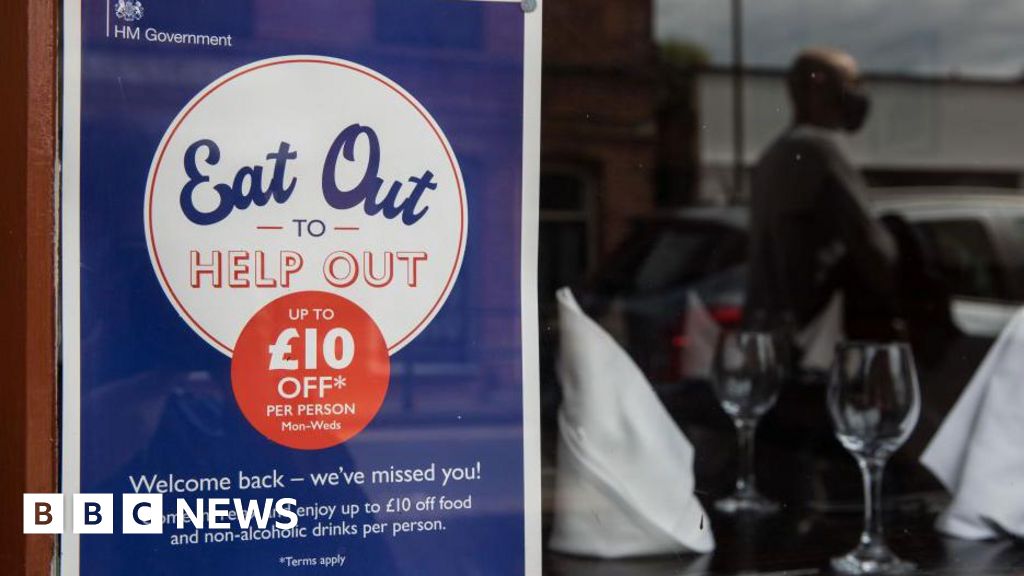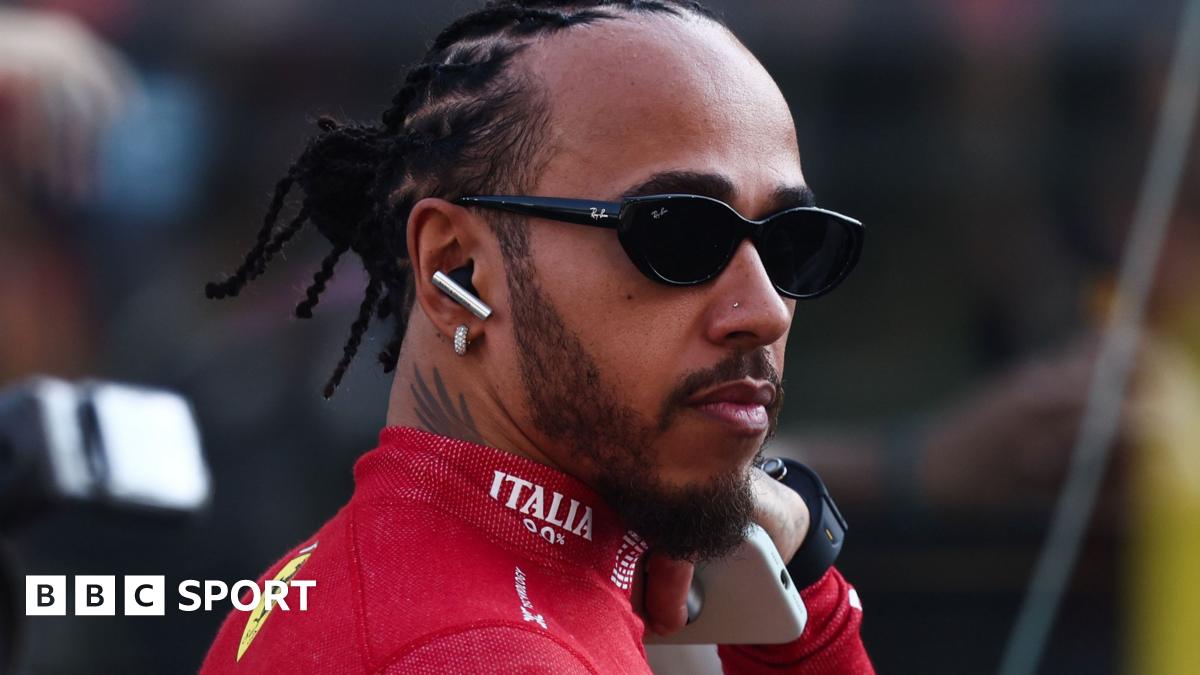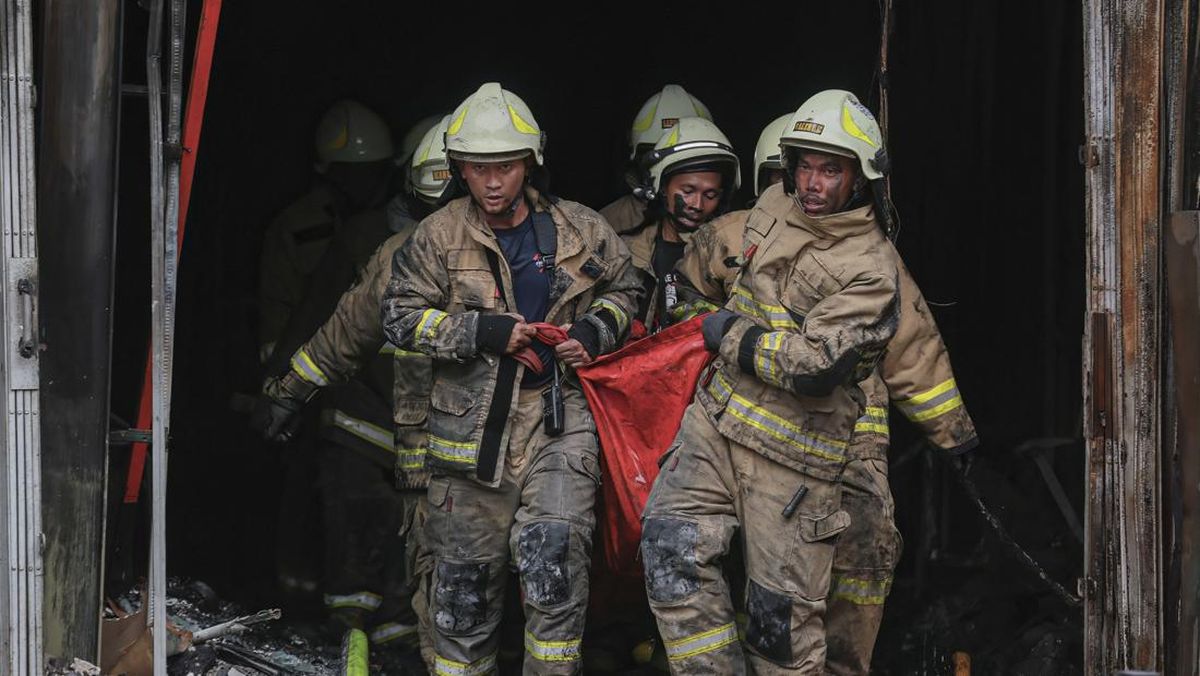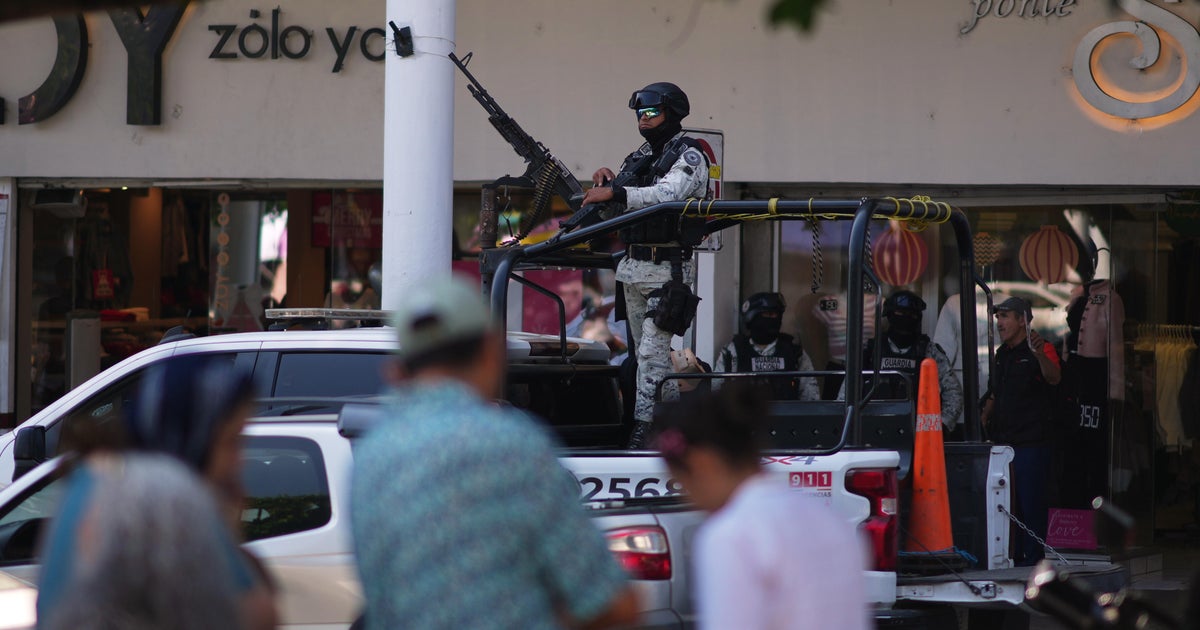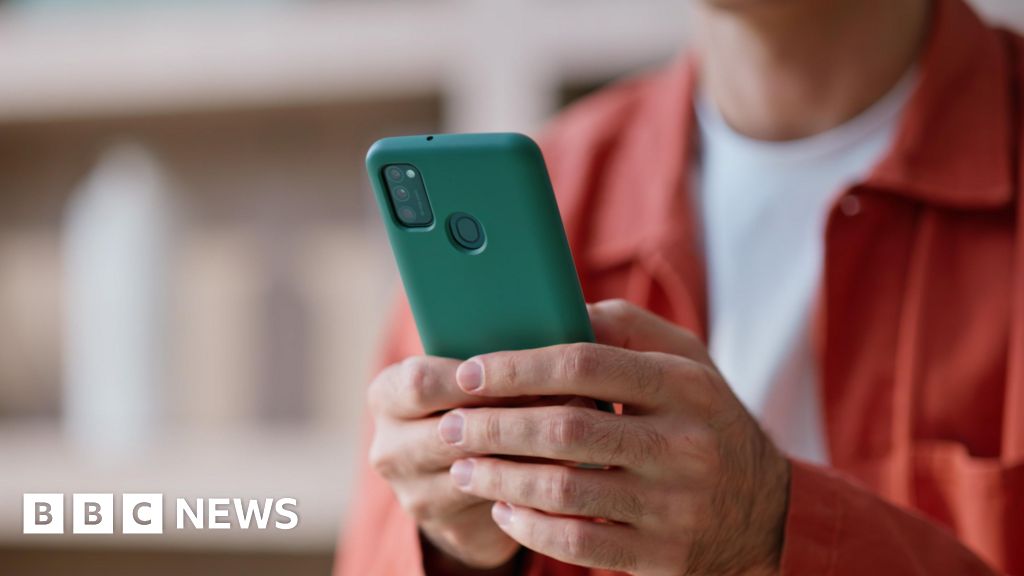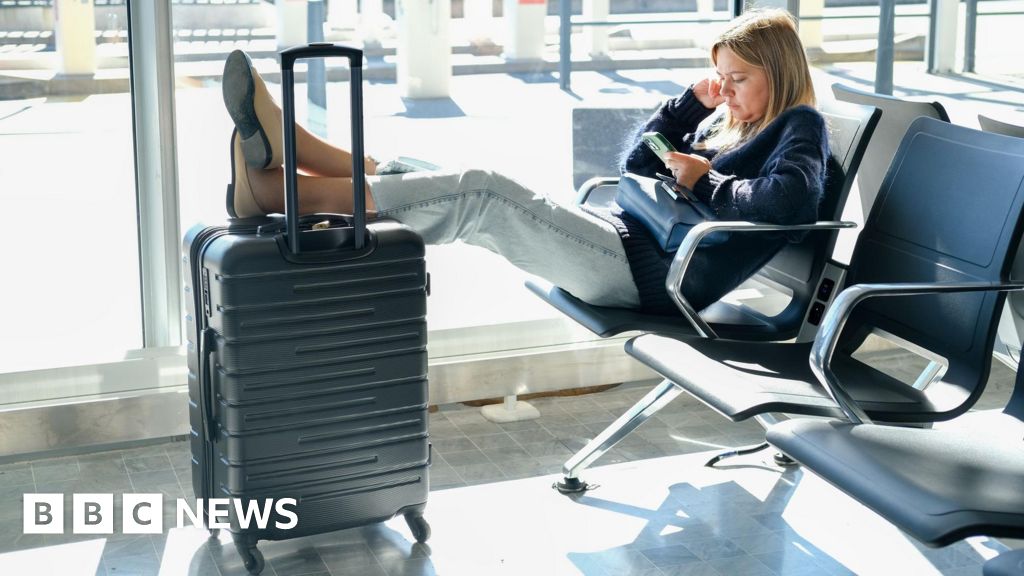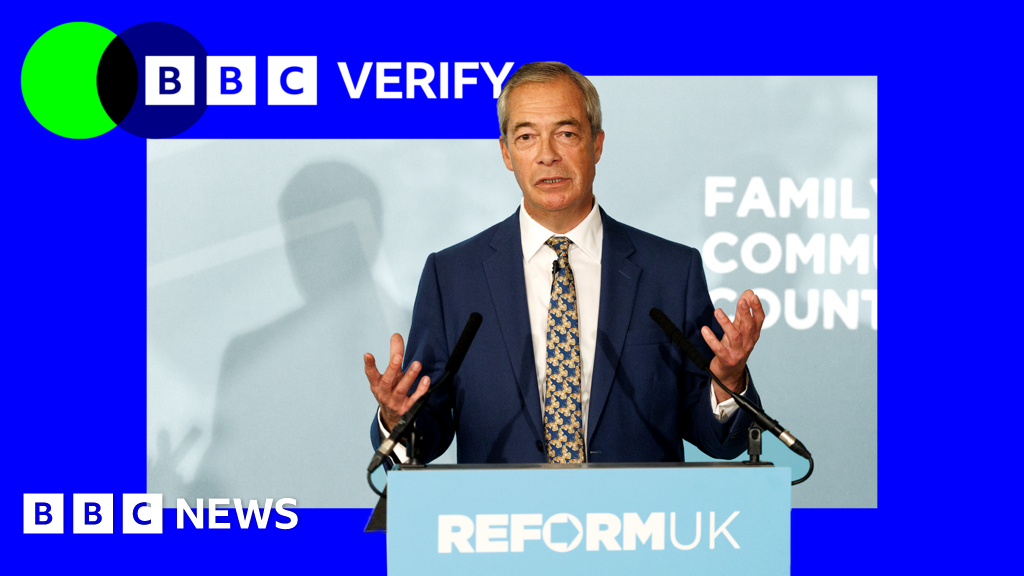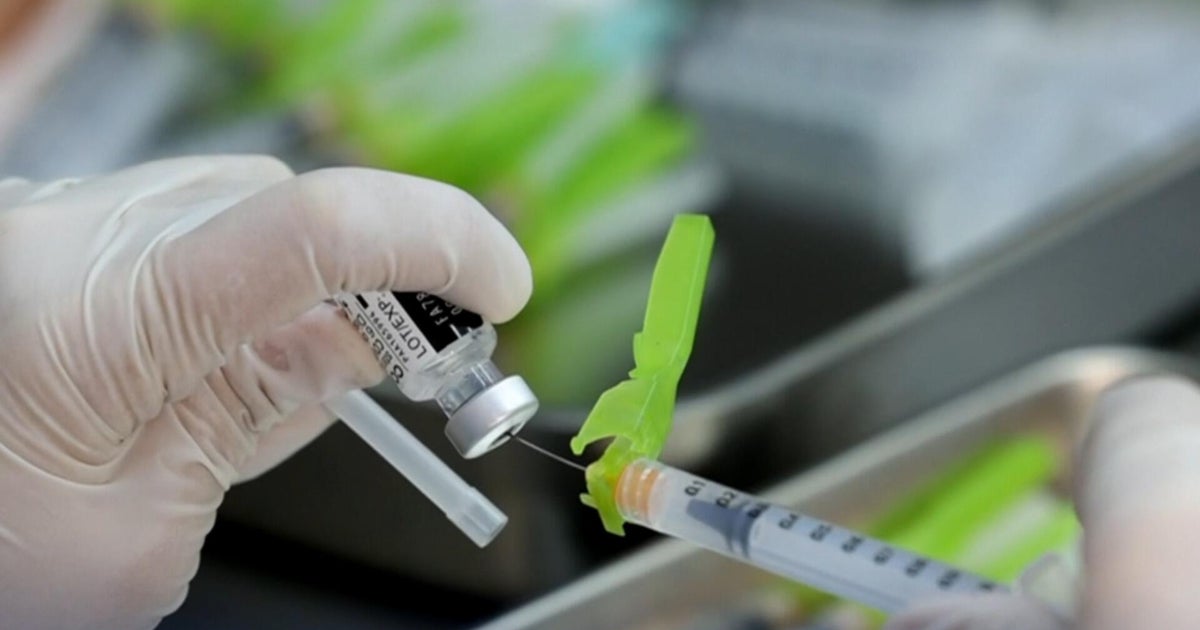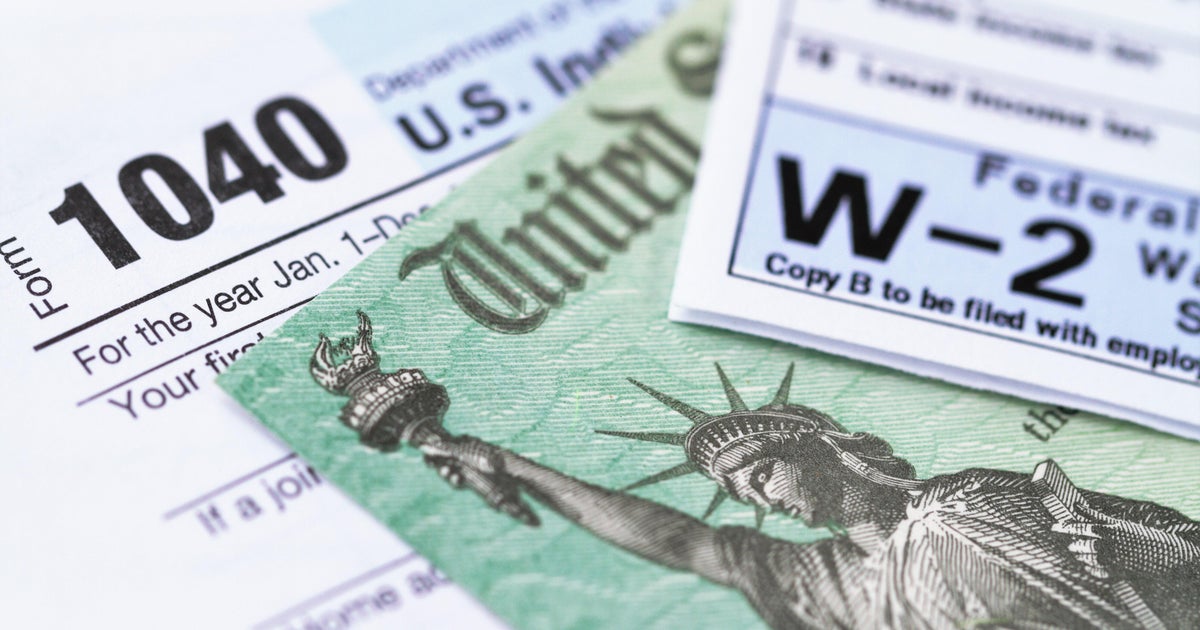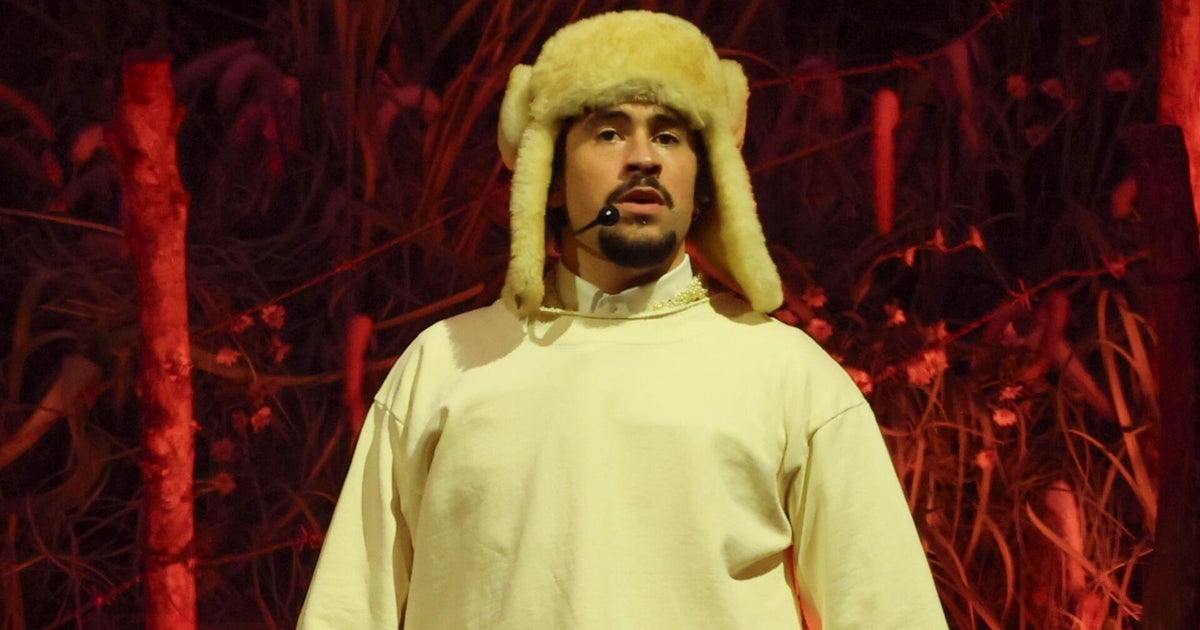October 16, 2025 — 1:48pm
It’s October 16, 2025, and I am sitting in seat 20D of VA733 from Melbourne to the Gold Coast. In 20A across the aisle, is Bambi, a Pomeranian. Or rather, Bambi is below the seat in front of 20A in a pet carrier of a size suitable to fit under there, and with a pee pad placed strategically underneath it.
He’s not happy. Bambi is barking and whining. But as the person in 20E next to me says, “There’s something more annoying.” He’s referring to the distraught child directly behind us. At least Bambi’s position on the floor muffles his cries and I doubt his little noises carry much further than our row. The kid’s screams are much louder.

Other than that, save for the number of media onboard, it’s just another flight. Except it’s not. This is Australia’s first pets-in-cabin flight.
Virgin Australia is now allowing dogs (and soon cats) to fly in the cabin rather than in a plane’s cargo hold. But to be welcomed, they and their carrier must fit under the seat in front, pet and carrier combined must weigh no more than eight kilograms (a quick online browse reveals the lightest carriers come in around a kilo so practically, the dog needs to be under seven kilograms) and they must be able to sit, stand and turn around comfortably in said carrier.

That’s one small dog. In fact, extra small – a chihuahua, a Jack Russell, a toy poodle, a slim pug, a svelte shih tzu, perhaps. My dog is what’s considered a small breed, a cavalier King Charles spaniel, and without fat shaming him, let’s just say he exceeds the flight requirements. No in-cabin travel for my good boy, George Harrison.
Virgin Australia held a press conference and rolled out a special paw-printed red carpet at Melbourne Airport for the inaugural pet-friendly flight. It was the first time many of the pet-free passengers waiting in the lounge to board the full flight on a Boeing 737-800 had heard of it. None I spoke to minded, though one expressed concerns for people who weren’t dog friendly, either for medical reasons or other, such as religious or cultural. You only have to have a squiz at social media to see others share these concerns.

If Bambi wasn’t barking, though, you might not even know there were dogs on board. On this flight, there are three tiny pets: Bambi, Monty, another pomeranian, and Polly, a papillon. Bambi is the only one acting up, much to his mother’s mortification. The others settle in under their seats like pros.
When Virgin Australia announced it was allowing pets in cabins earlier this year, it said almost all major carriers in North America did so on their domestic flights.
On a recent trip to Canada, I noted every airport I passed through (and that was several) had designated air-side pet toilets: rooms behind closed doors with fake-grass pee areas to encourage canine (and one assumes feline) relief. (Also worth noting, in all my years of travel – and they are many – I have never noticed a dog onboard, but I’m sure there were some.)

Right now, the pet-friendly cabins are only available on the Melbourne-Gold Coast or Melbourne-Sunshine Coast routes (and return), and cats are not yet allowed. This applies to all flights on the route. There are two rows available for passengers travelling with pets, 18 and 20. These are designated because they are the halfway point on the aircraft (without exit rows), and with VA deplaning via forward and back doors, that means pet owners are the last to get off. If you’re booking without a pet, the website will tell you where to book, and if you find yourself next to a pet and don’t like it, you can ask to move.
Like rivals Qantas, Virgin transports pets of various kinds – and weights – in the cargo hold.
While the intention is for pets (both dogs and cats) to be welcome in cabins across its network in coming months, Virgin is awaiting feedback on its operational pet-friendly flights. Subject to that, and other factors, it will consider how the rollout across its network will look.

Currently, the price of flying a pet is $149 a furry head for a one-way trip (on top of the normal passenger flight cost).
Celebrity vet Dr Katrina Warren, who was on the flight, said before you even think about boarding your tiny pet in the cabin, you must get them used to their carrier, so they’re comfortable in their little hidey hole. She said you should also make sure they’ve relieved themselves before entering the airport.
As for Bambi, 20 minutes after takeoff at 37,000 feet, he accepts his undignified position in his carrier – he knows where he belongs, he’s a lapdog after all – and quietens down like the good boy he is.
And if you’re wondering what might happen to pets in an emergency evacuation, the “leave all your belongings behind” rule still applies. Don’t tell Bambi.
Sign up for the Traveller newsletter
The latest travel news, tips and inspiration delivered to your inbox. Sign up now.
Julietta Jameson is a freelance travel writer who would rather be in Rome, but her hometown Melbourne is a happy compromise.Connect via email.








